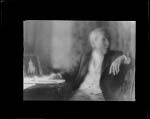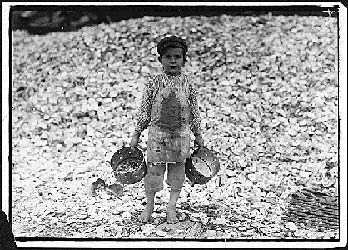1914 – Publicist Ivy Lee is hired by the Rockefeller family to change public opinion about killings related to strikes at its Colorado mining operations.

John D. Rockefeller had actually hired a publicist, Joseph I. C. Clarke, to work for him after Tarbell’s articles appeared, but Clarke resigned in 1913, frustrated by a lack of support for his work. He was replaced by Ivy Lee
Lee worked to change the opinion of Colorado newspaper reporters and editors by regularly sending them bulletins titled “The struggle in Colorado for industrial freedom.” The first bulletin, dated June 22, 1914 , included a letter signed by coal mine managers to President Woodrow Wilson and noted the “mass of misinformation and misrepresentation contained in recent issues of the public press.” The July 30, 1914 bulletin addressed the wages of the striking miners and noted that the salaries of miners had been examined by certified public accountants and newspaper editors. The Aug. 3, 1914 bulletin notes that union “leaders have condoned, if not instigated, unnumbered acts designed to plunder property and to maim and kill loyal employes.”

Lee also used newspaper accounts to benefit his client, the Rockefellers’ Colorado Fuel and Iron. In the Aug. 7, 1914 , bulletin, he noted that editors of 25 newspapers in Colorado sided with the mines and their owners in the strike. The bulletin included a statement signed by representatives of the Rocky Mountain News, Trinidad Advertiser, Boulder Camera and Pueblo Chieftain. What was excluded from the bulletin was that these newspapers were owned or controlled by the coal companies. And in perhaps his most infamous bulletin on the Ludlow Massacre, Lee’s Aug. 17, 1914 missive noted the activity of an 82-year-old woman named Mother Jones, a well-known labor organizer involved in the strike who had been profiled in the July 1914 issue of Metropolitan Magazine. Lee’s bulletin spent four pages criticizing Jones and her actions.
Hallahan’s research into Lee’s bulletins and media relations work on behalf of the Colorado Fuel and Iron Co. finds no support for the premise that Lee was intentionally deceptive in his work, but Lee’s testimony in 1915 before a Congressional committee investigating the strikes showed that his bulletins only included information he obtained from the company or from those sympathetic to the owners. And Hallahan added, “Perhaps a more dubious practice was the fact that his entire bulletin strategy was predicated on making it appear that the bulletins were published on behalf of the operators, not the Rockefellers.”
Although Lee’s work for the Rockefellers was supported in Financial World magazine, his performance for the Colorado Fuel & Iron Co. and the work of other public relations practitioners such as Bernays began to set the tone for relationships between business and the business media. In the past, journalists writing about industry had been able to talk directly to company leaders by calling them on the telephone or visiting their officers. But with the inception of public relations staffs, many companies were placing a barrier to such direct communication with business reporters.